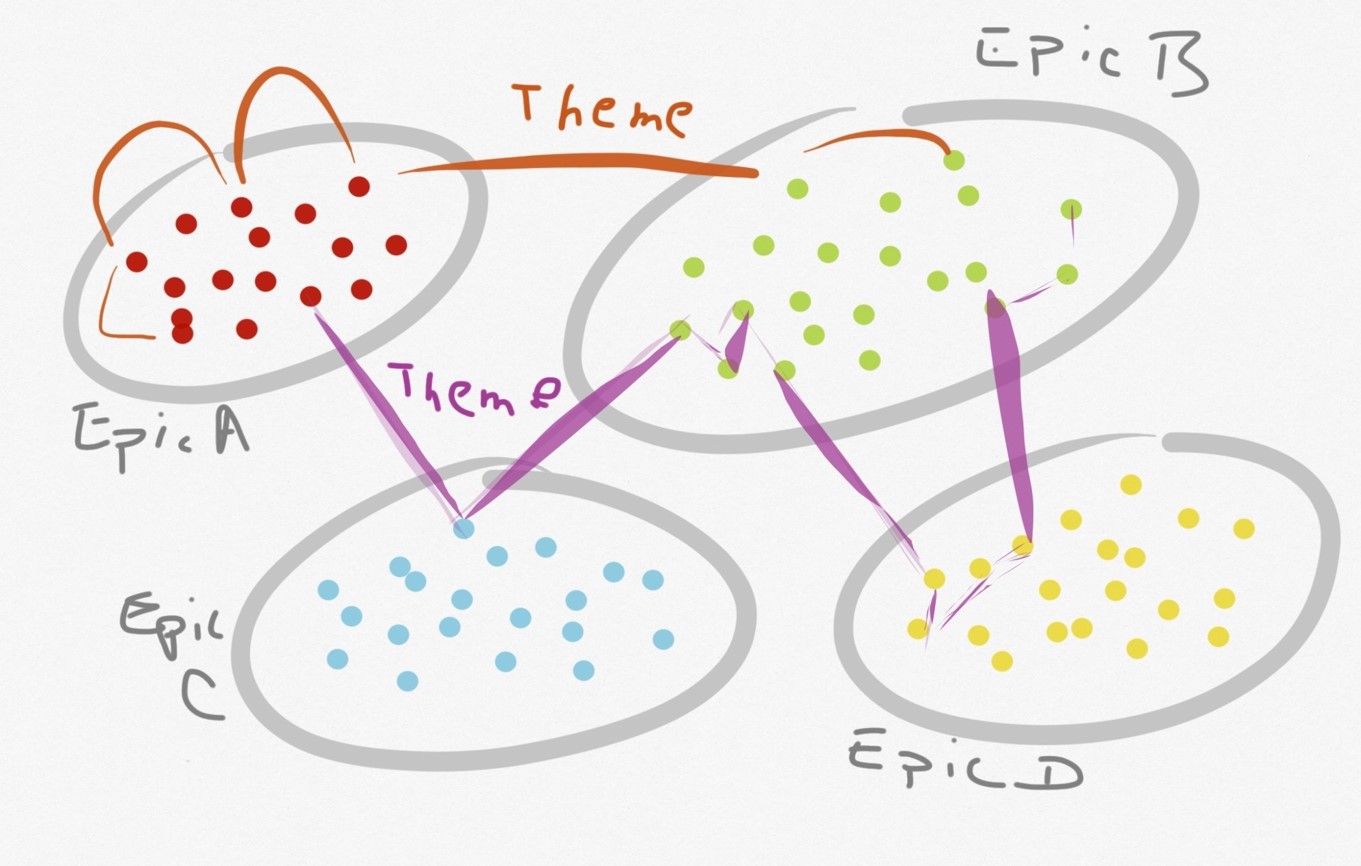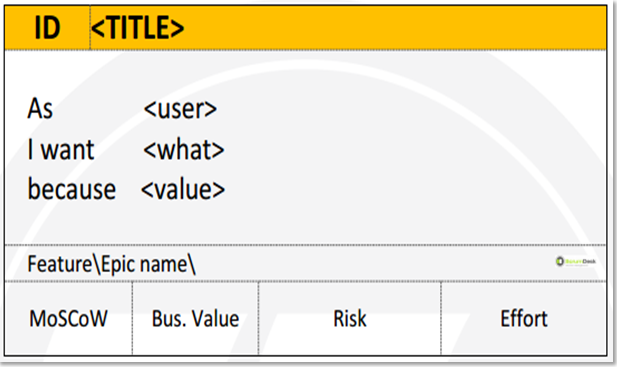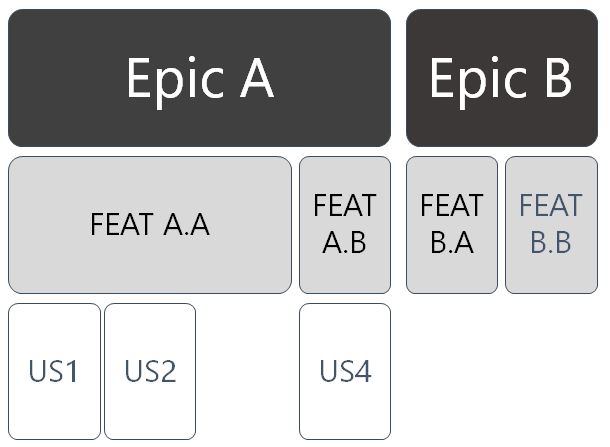What is a product backlog?
In Scrum, all work that needs to be done is put into the product backlog. The backlog is not just a heap of work. It is a continuously prioritized list of features, which are even broken into smaller requirements. The product owner takes care of the product backlog and prioritization.
There are different approaches for product backlog management (ordered list, story map, etc.). Requirements are broken into smaller parts. This is done as late as possible as we expect changes and we do not want to invest a lot of time into a huge amount of details if they are going to change anyway. Therefore the backlog is detailed only for requirements which we are sure to develop based on customers’ feedback and wishes.
There are multiple levels of requirements in a good product backlog:
- Epics are the biggest requirements, fundamental blocks of the application (i.e. clients management, product management, BI, reports, integration, etc.).
- Features add further details into features and make it smaller (i.e. SAP integration, Zoho integration, HR reports, product reports, People).
- User stories represent concrete business requirements that can be fully implemented in 3-5 days (i.e. login with username, log in with Google).
The backlog doesn’t contain business requirements only. It holds defects, research, and technical work as well.
Business themes
The business typically asks for a set of requirements that are related to the particular business goal, or client. To keep that information and tight requirements from a different part of the product together, the themes are used.
The theme is a list of user stories that need to be done to satisfy the client. Such user stories describe the product from a features perspective at the same time as well (managed via epics).

Using themes and epics can product owner orient herself even in the large huge product backlog and keep two different perspectives on it. The perspective of the product itself (modules, functionalities) and the business perspective as well (themes).
Typical business themes express:
- Strategy milestones, activities, that help achieve business goals.
- Customers if you deliver a product for B2B customers with special requirements.
- Product goals or key results (see OKR).
User stories
Agile development is fully focused on customers. From the beginning of the agile movement, it was clear that good requirement needs to be tight to the customer, role, persona so the development team understands for who is it developed, what kind of pain and jobs that person is doing. Extreme programming brought the format called user story which describes:
- for who the requirement is meant to be,
- what that role needs to do, her job,
- what kind of problem, the value she is looking for by having such a requirement implemented.
Such a user story format is used to start the conversation. It is not meant as full details, but it should definitely help keep the team and customers on the same board.

With ScrumDesk all principles mentioned above are supported – features, epics, themes, and user stories as well.

